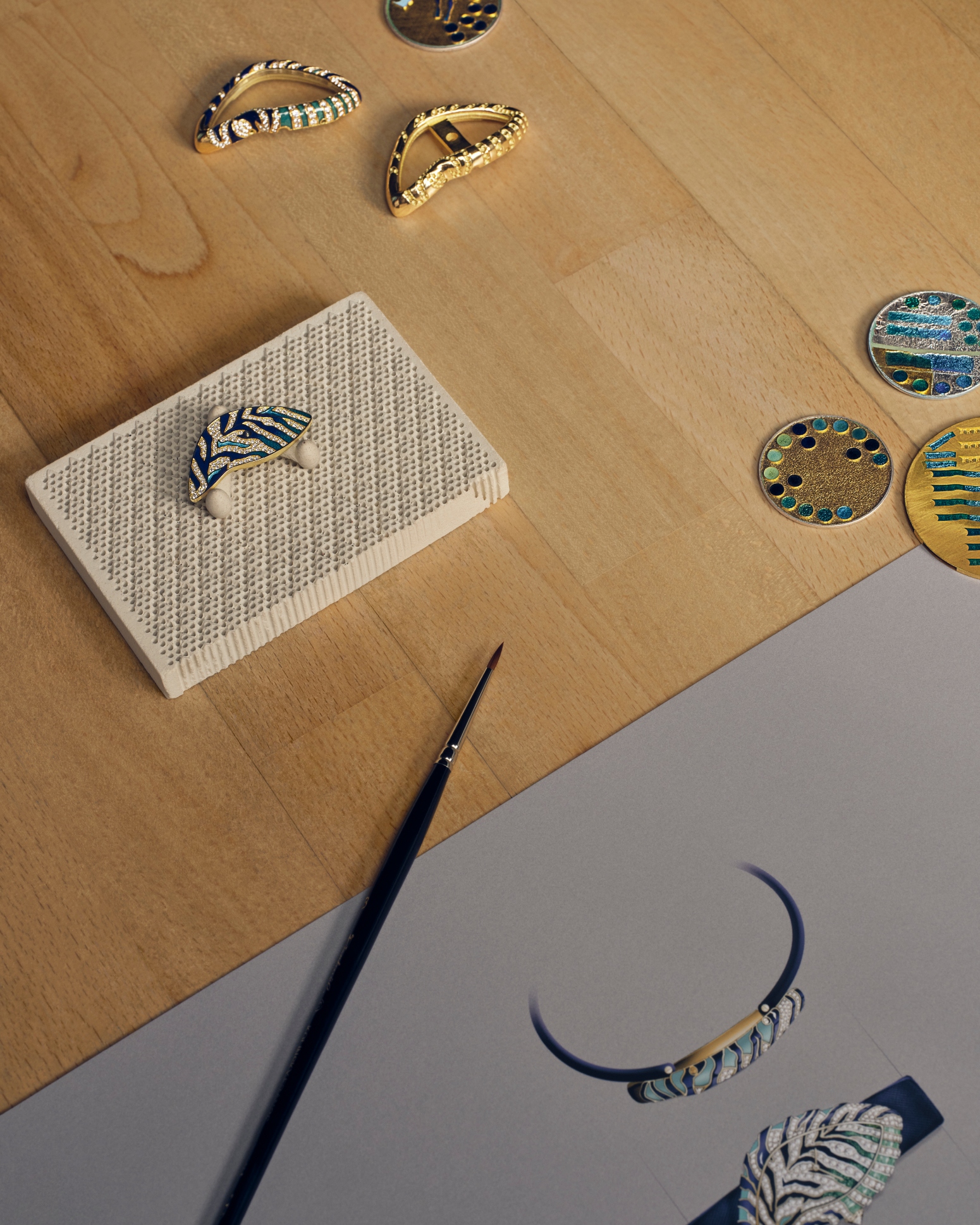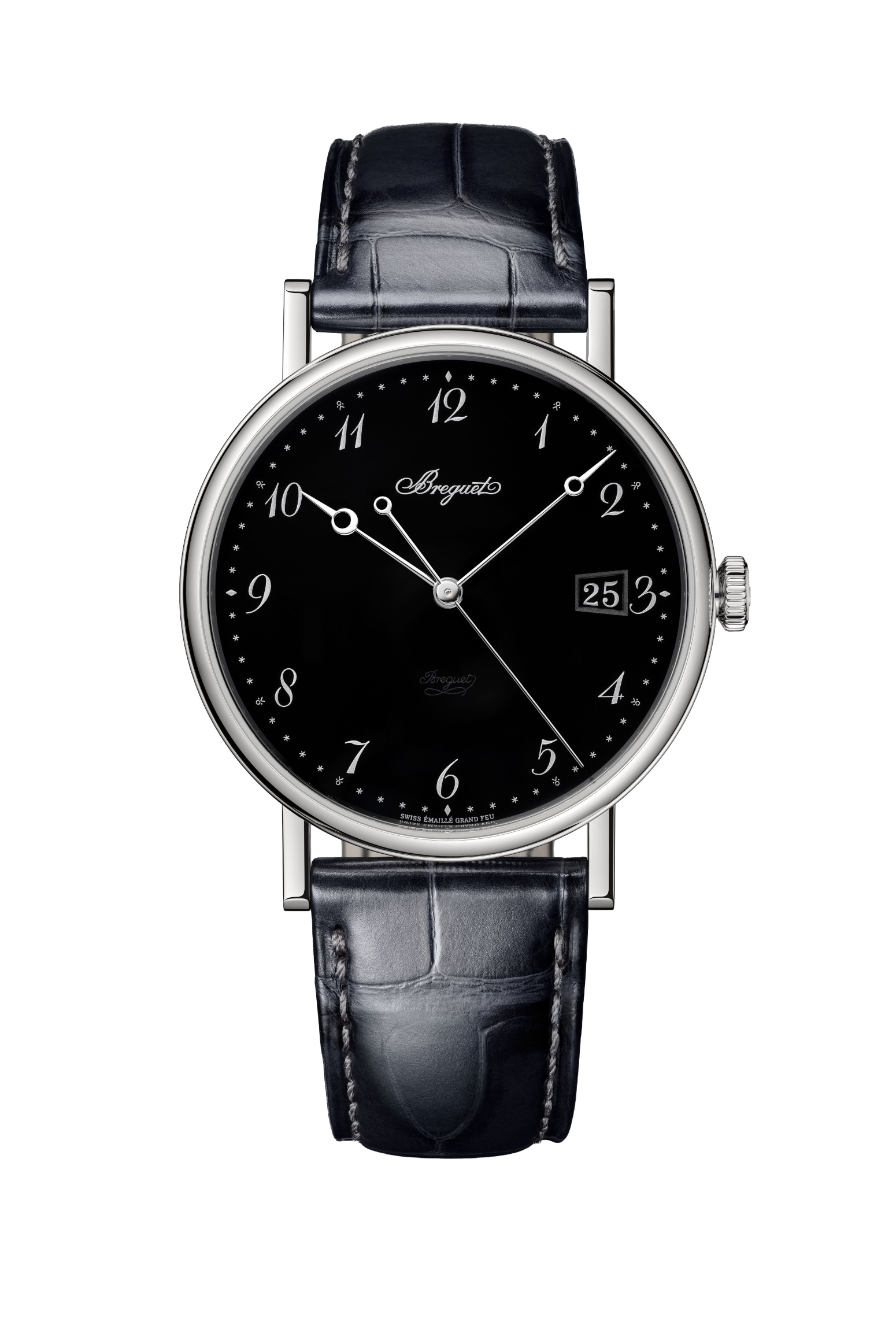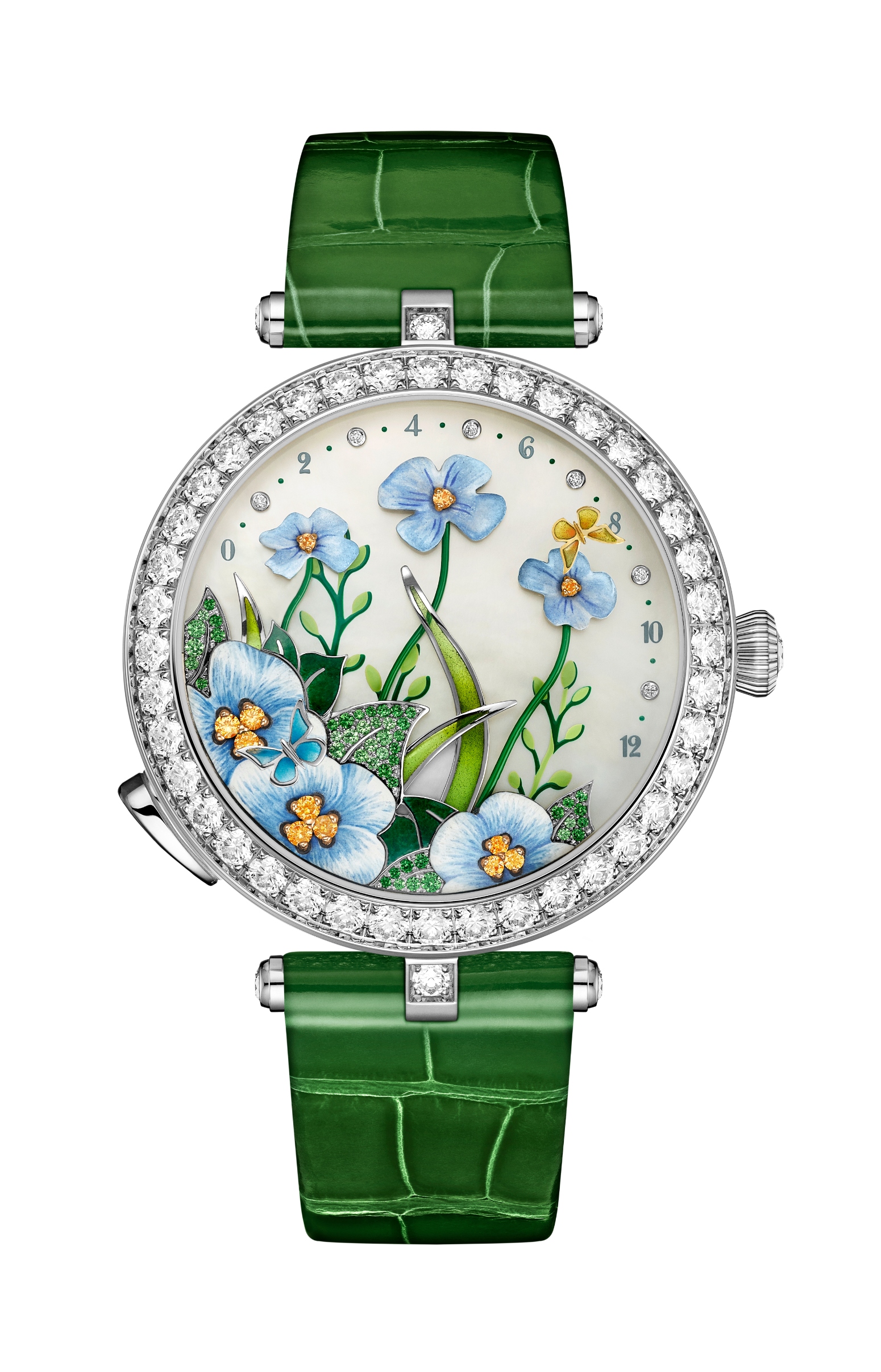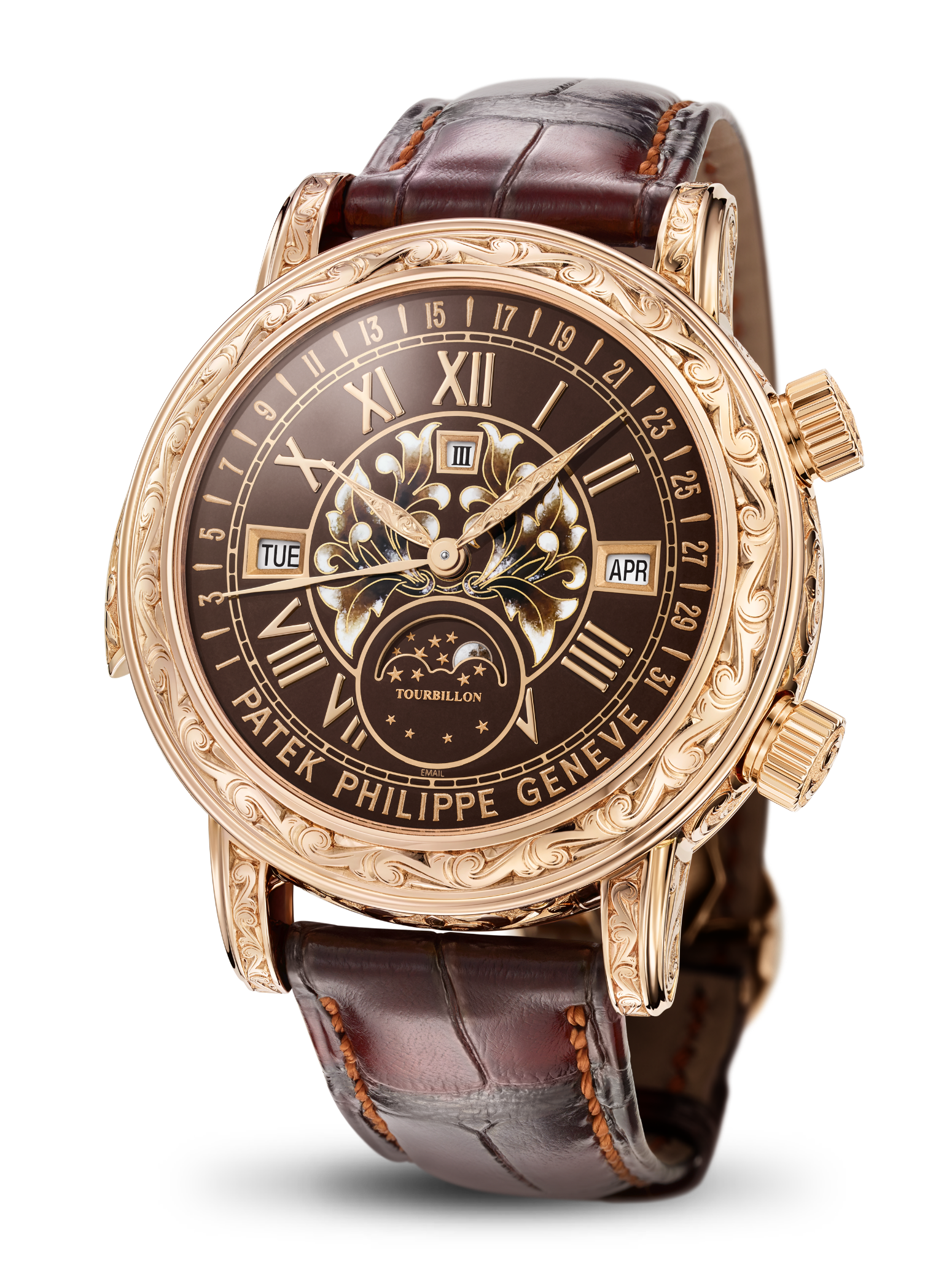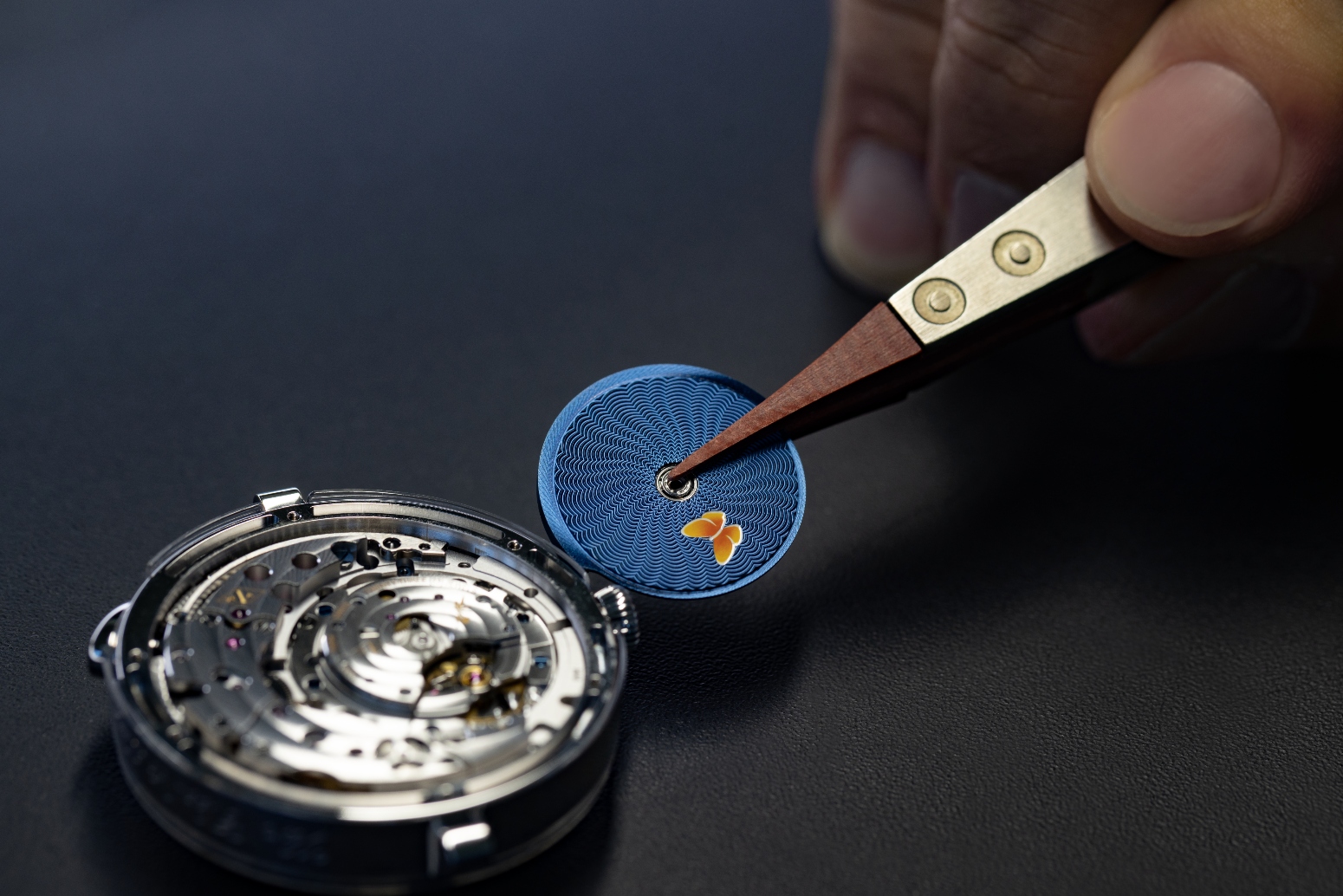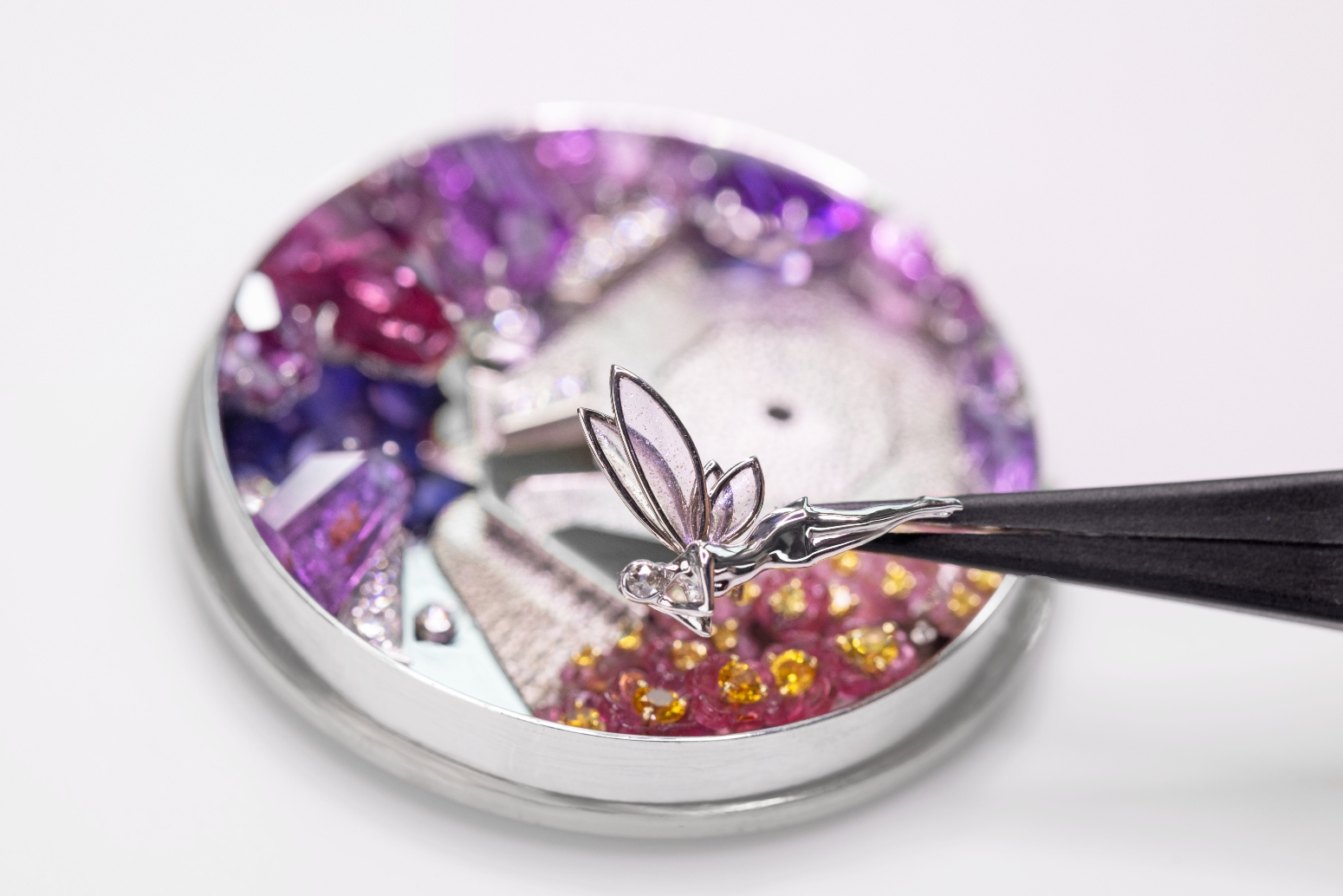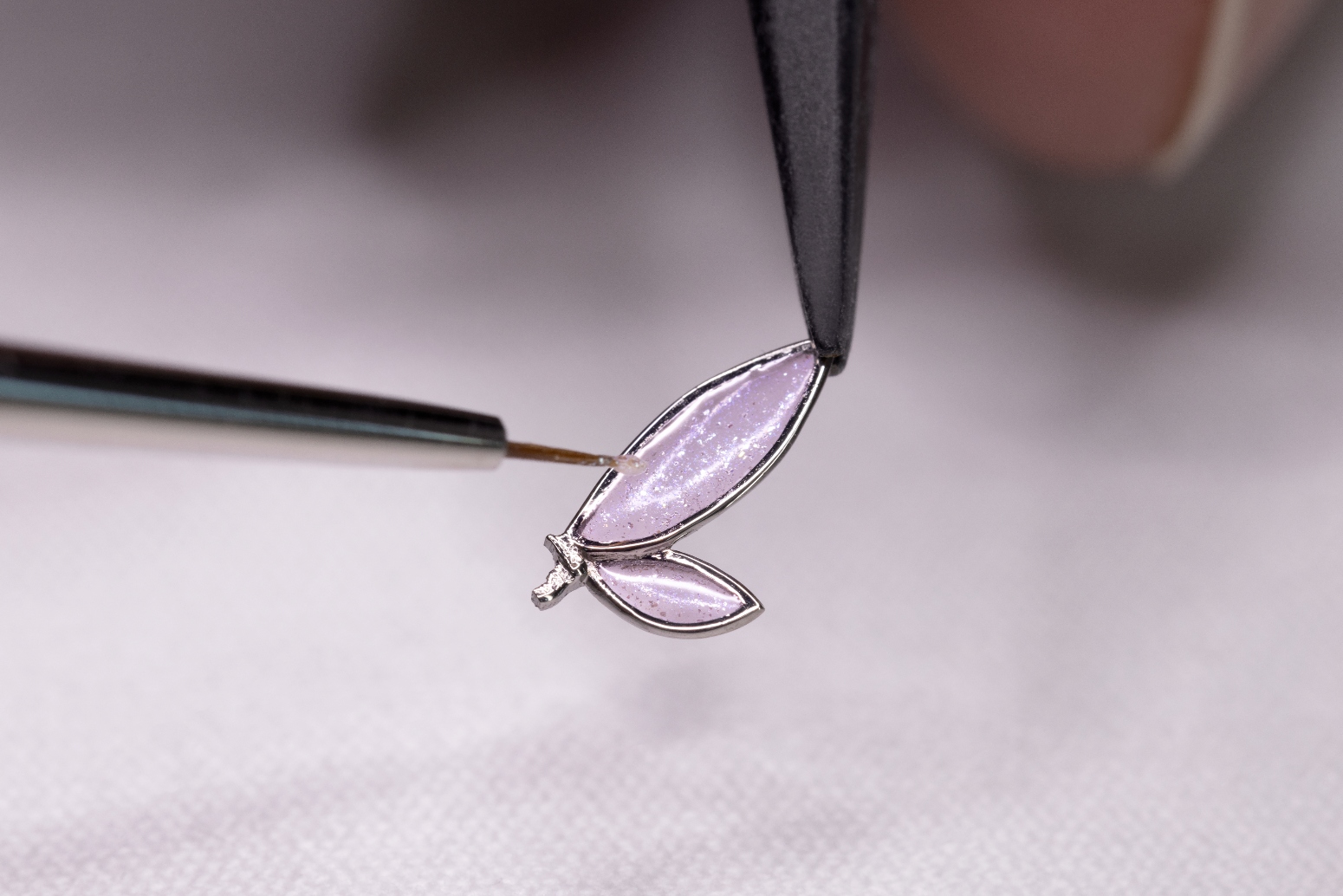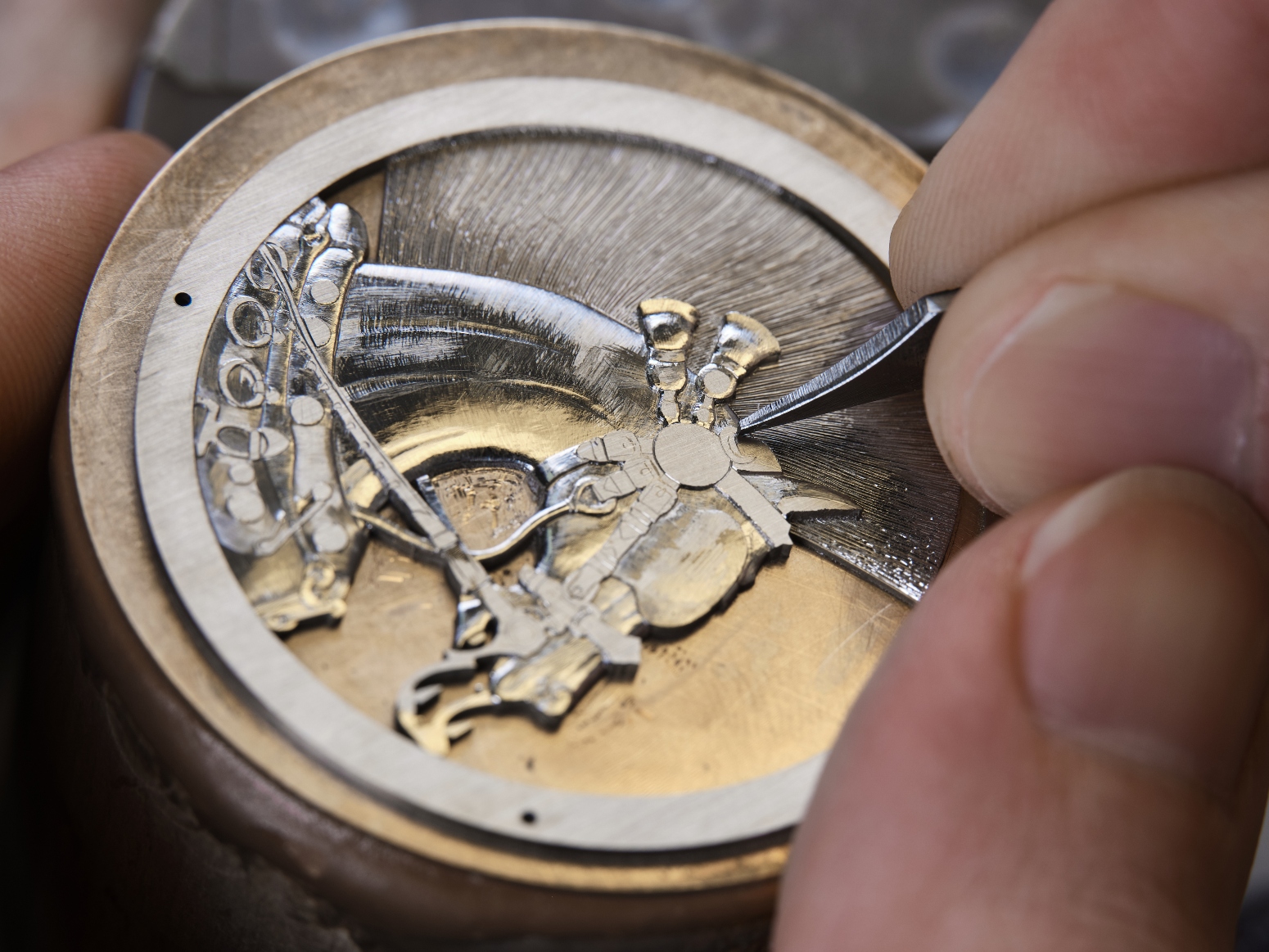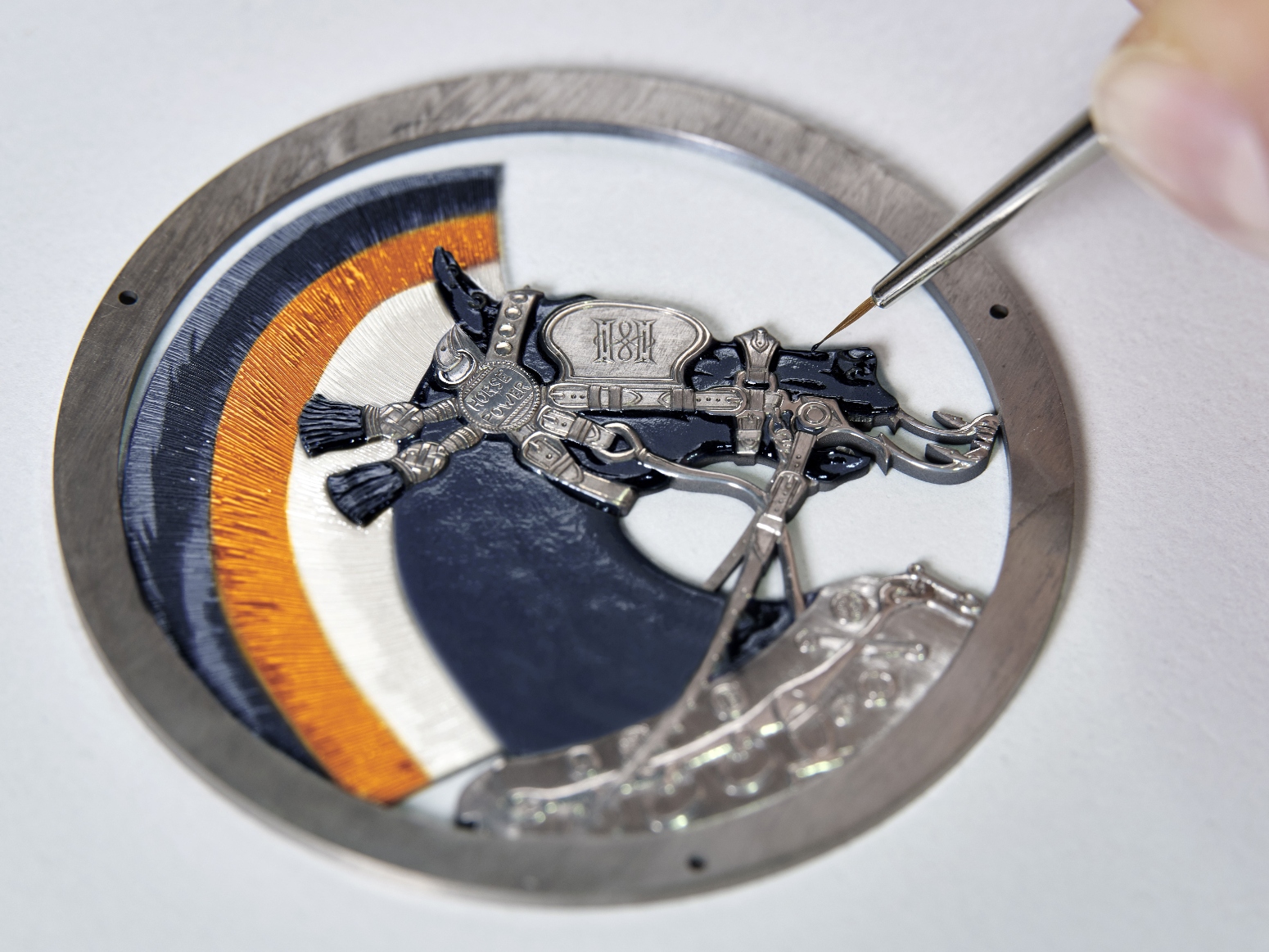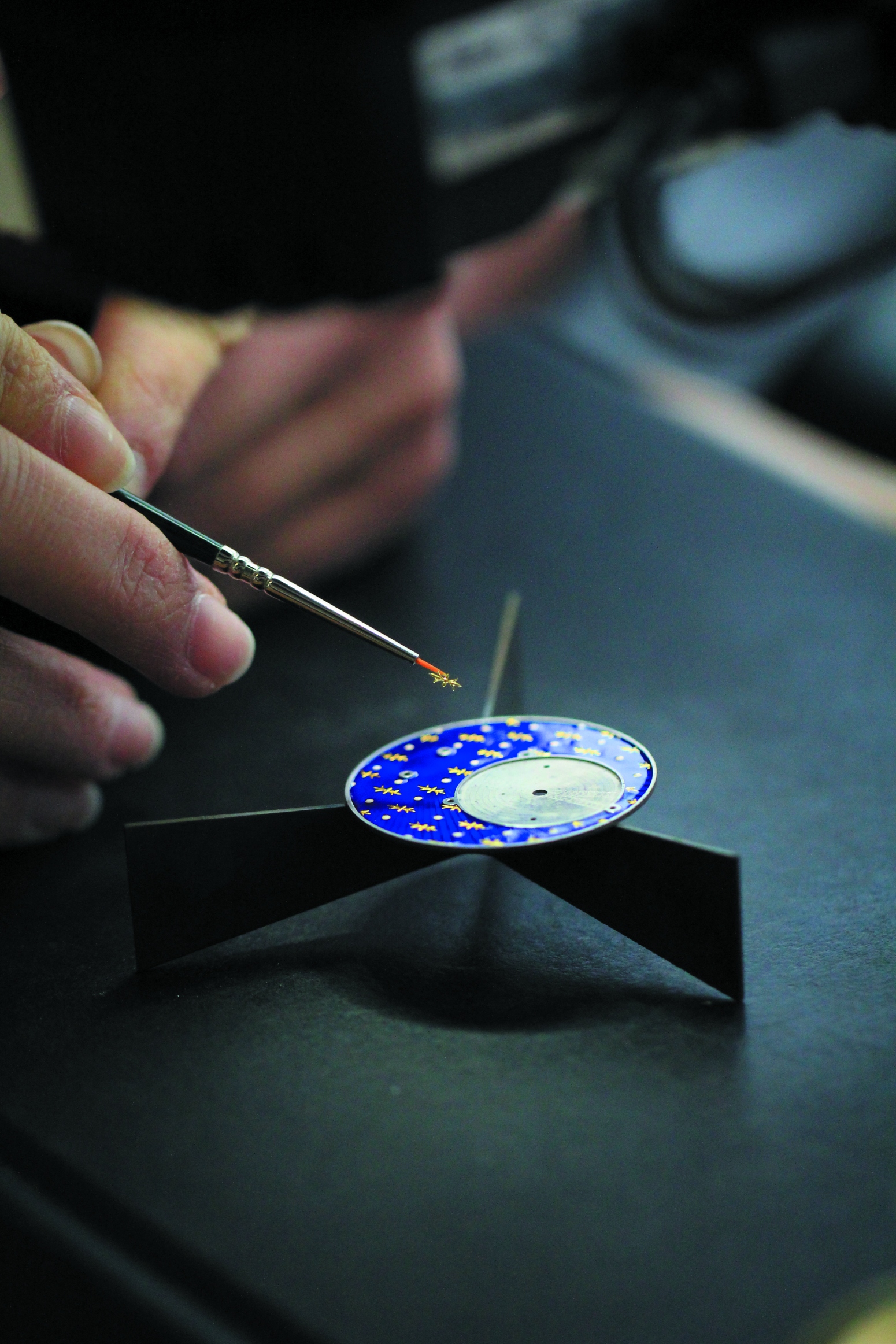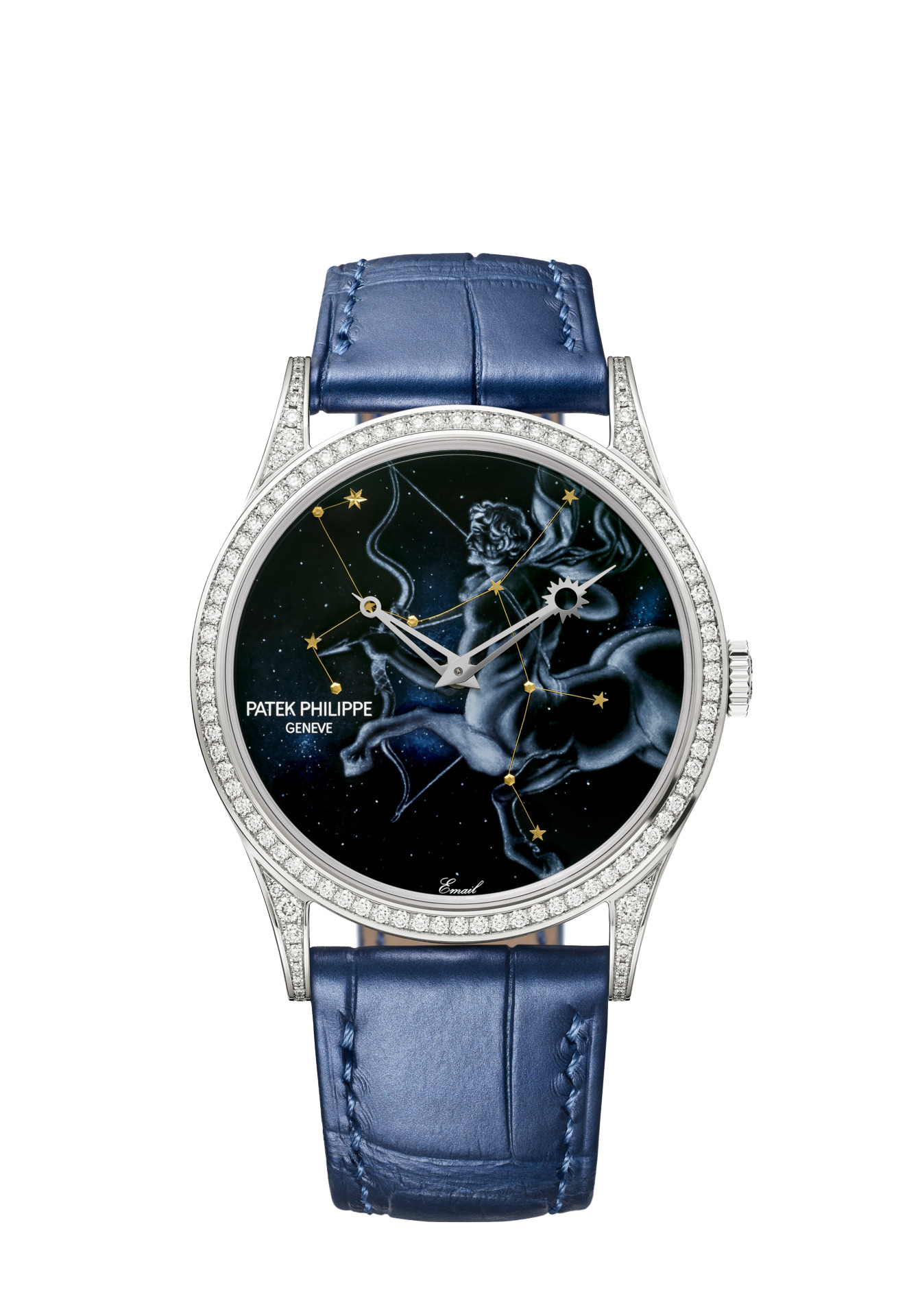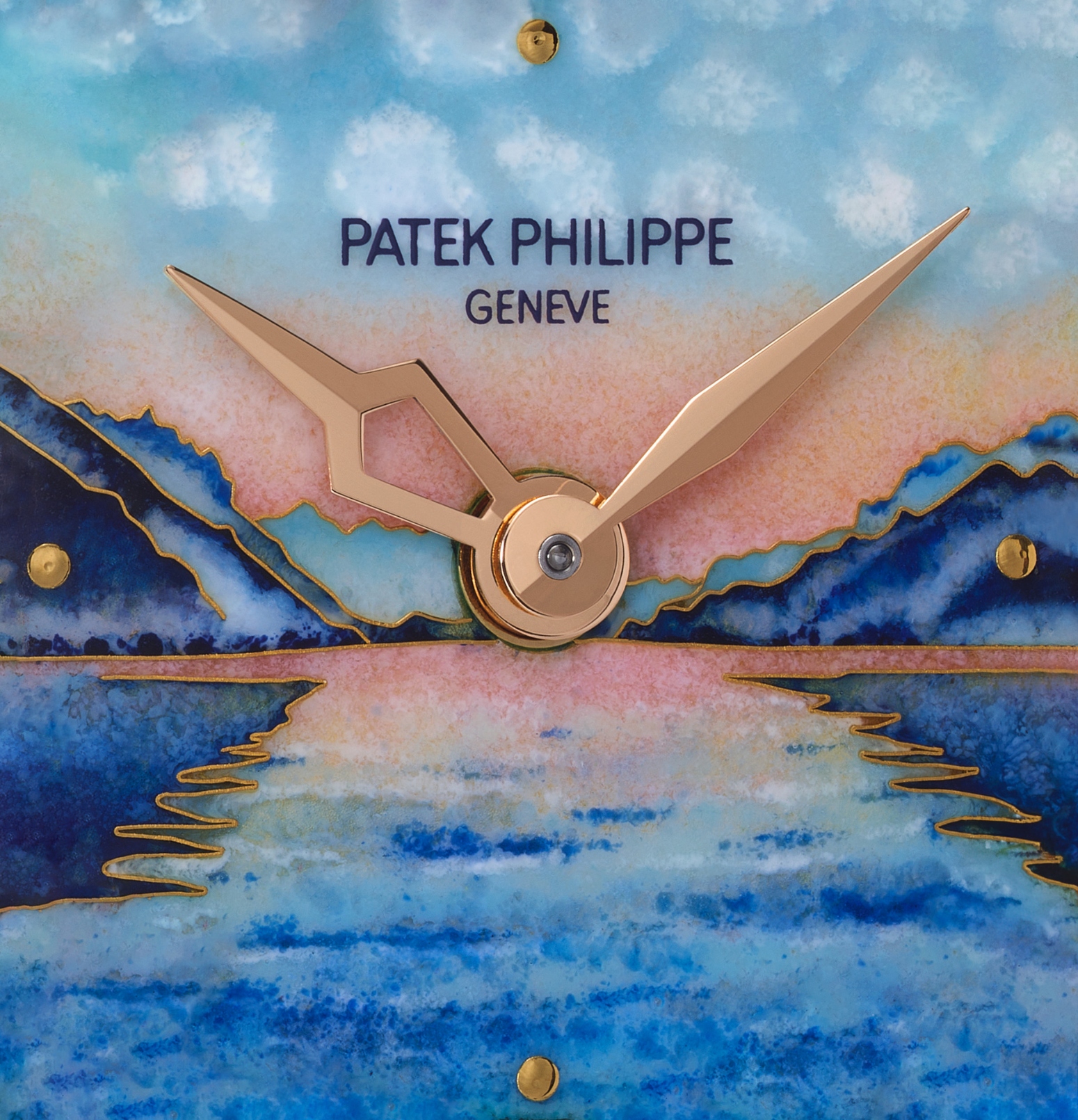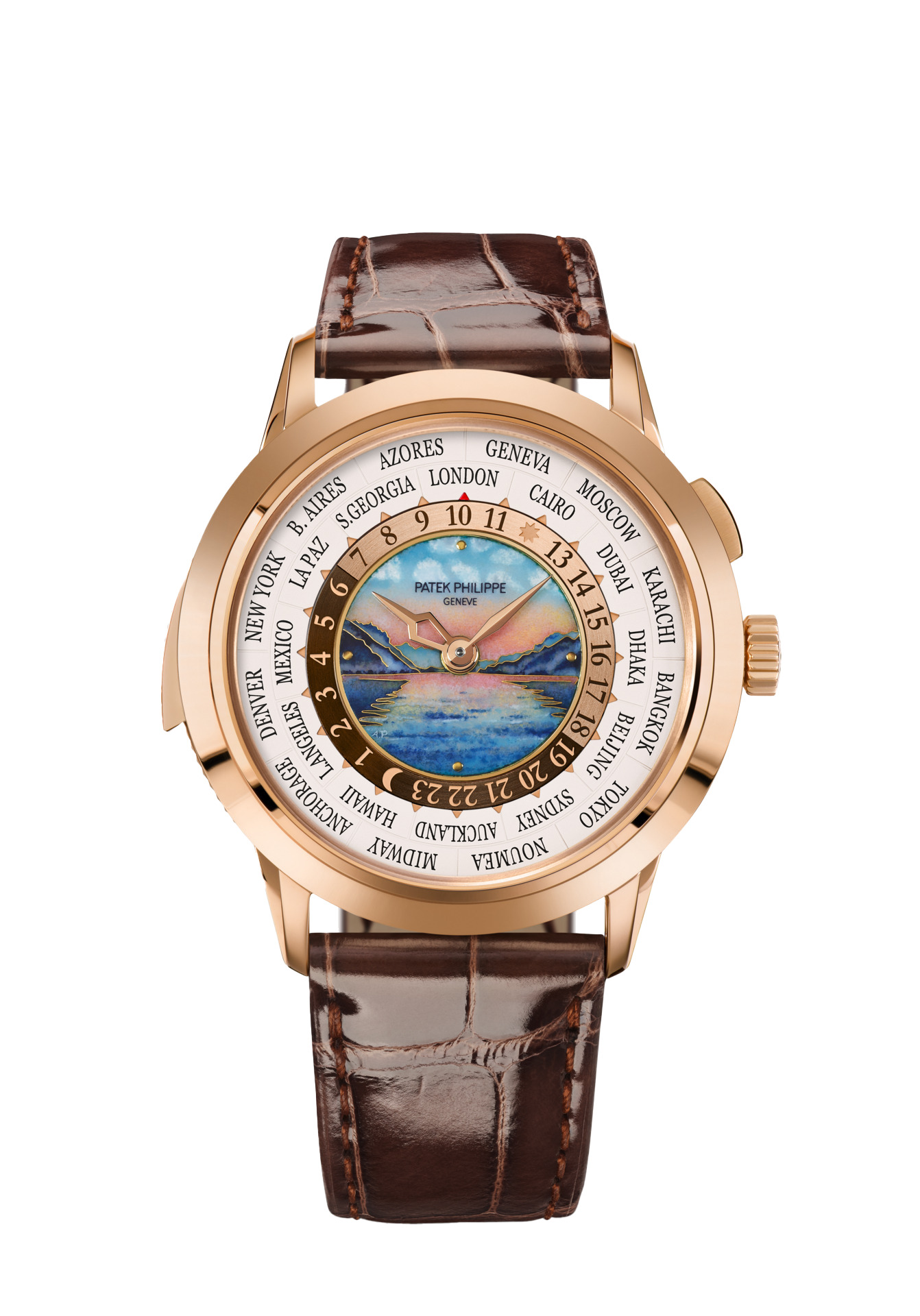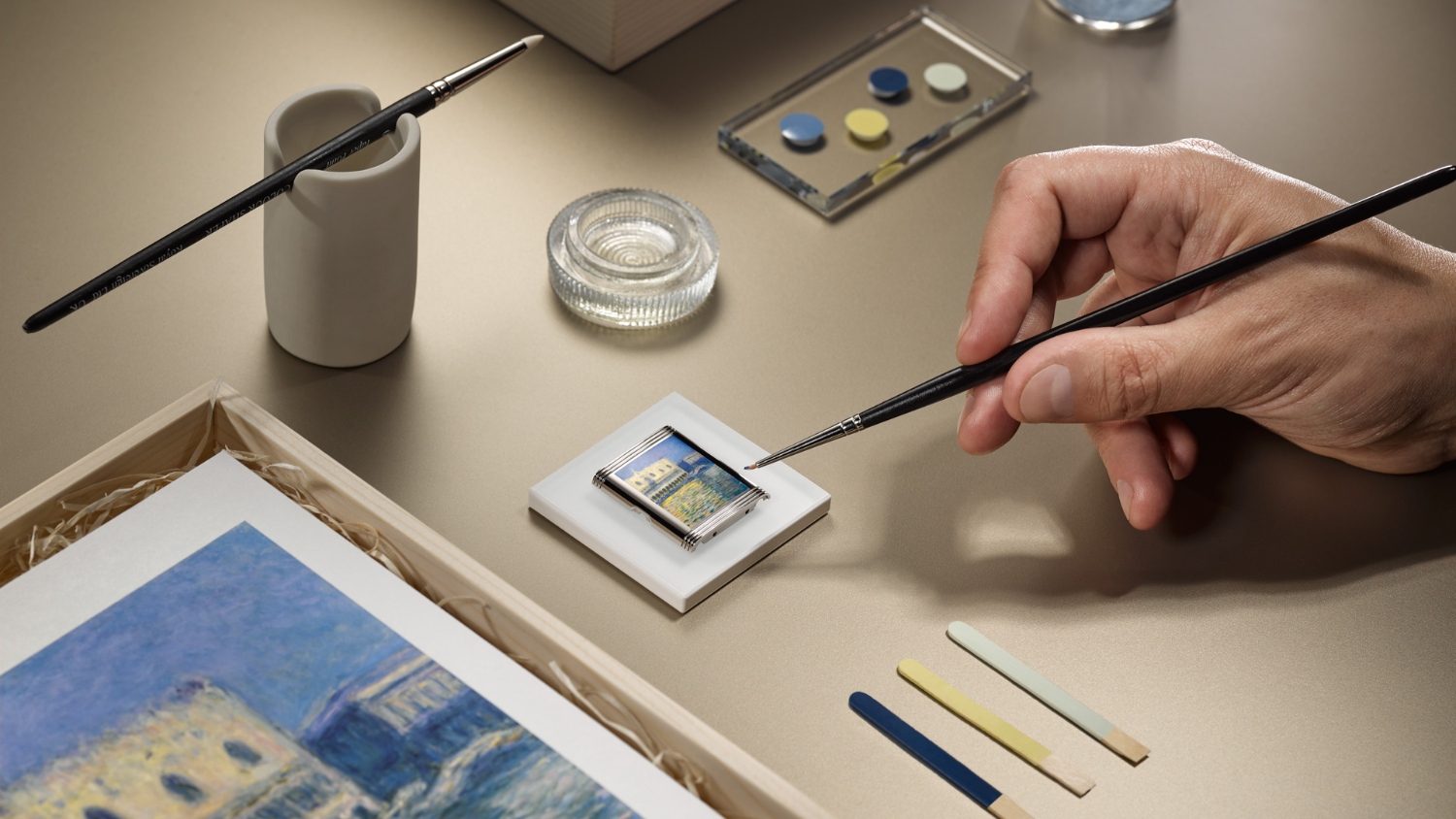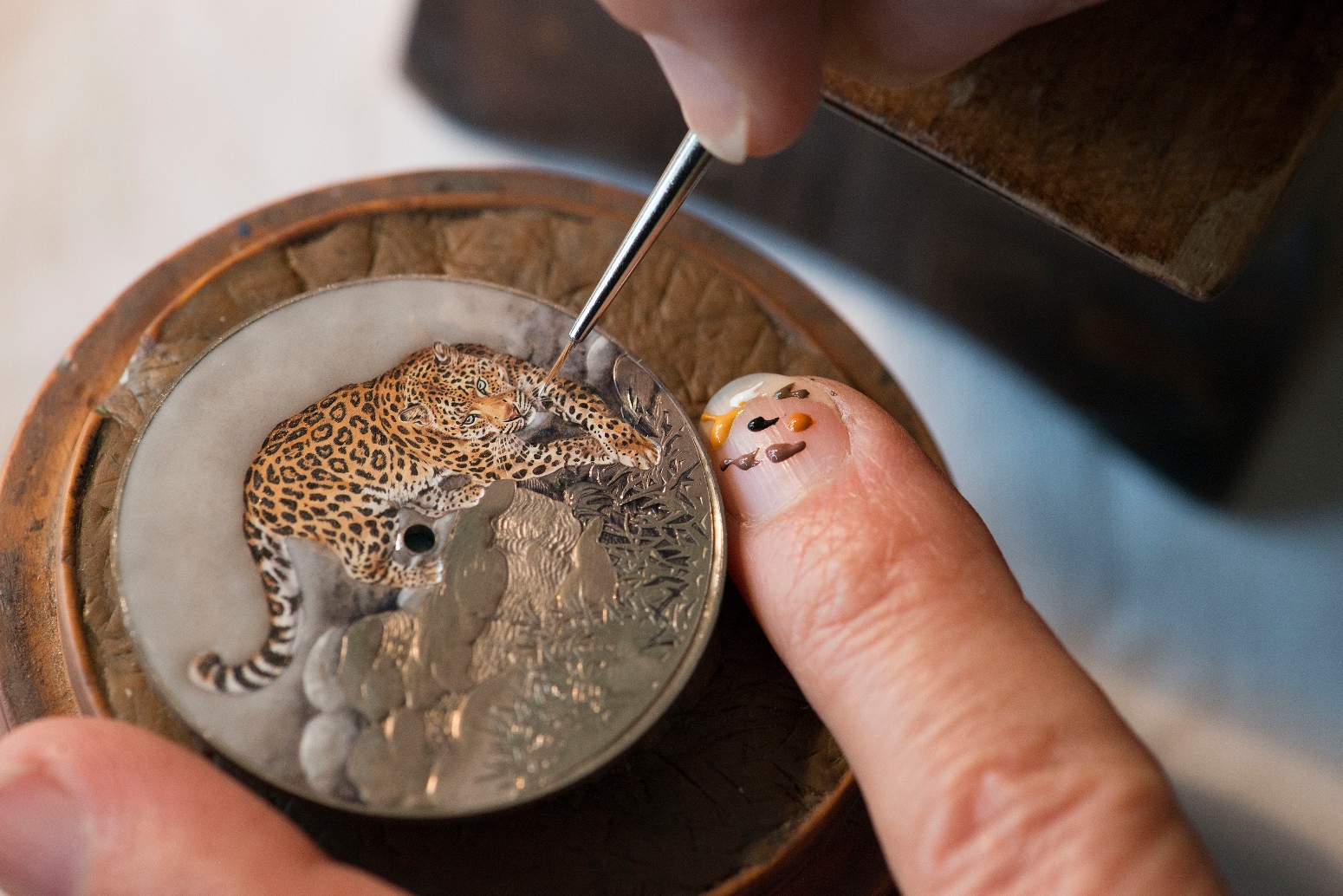Innovating Eternity: A Conversation with IWC’s Stefan Ihnen

We have a rare treat this issue – an extended discussion with longtime IWC Associate Director of Research & Development Stefan Ihnen. In fact, this issue of Legacy has the distinction of featuring some relatively new voices for our readers – but you can discover that in your own time. In traditional watchmaking, we tend to rethread the same subjects repeatedly and thus it might feel like the same old story. Meeting people at the forefront of innovation in watchmaking changes that dynamic. As far as IWC goes, you are much more likely to hear from the likes of Christoph Grainger-Herr and Christiaan Knoop and we could have gone that route too but when I saw Ihnen’s name on the interview list, I had to have him. Why? The answer is another name: Ronan Keating.
That is a lot of names to dish out in the introduction to a story about one man. And the mention of a pop star from a recent but bygone era will have some of you balking. Since this interview appears in print first, perhaps you were tempted to drop the magazine or maybe even throw it across the room. Still here? Let me explain. IWC collectors of a certain age will recall that Ronan Keating was once a friend of the brand, and he remains a collector of IWC watches – the official relationship is a bit nebulous but you can still see the Irish singer wearing IWC watches.
Sometime in 2007, a good part of the IWC management team descended on KL, Malaysia, for the opening of the brand’s flagship store in Pavilion Kuala Lumpur. On that occasion, I interviewed then-CEO Georges Kern but I paid heed to a young watchmaker and engineer who was with the team. Yes, I was a technical guy right from the start. Anyway, that man was Ihnen and yet we would not have a chance at a proper sit down until this year. After I finished amusing Ihnen mildly with some Keating references, we got down to business.

This being the year of the Eternal Calendar, we did discuss this but we have written about that extensively so this conversation begins, as it should, with Ihnen himself. A rare example of an engineer and watchmaker who trained formally in both, Ihnen actually came up through the IWC apprenticeship programme (see below). He began his watchmaking training in Germany, becoming a master watchmaker in 1997 so he was literally a part of the great wave of hopeful change that broke over traditional watchmaking at the end of the 20th century, and the start of the 21st.
For everyone who loves IWC’s in-house movements and the cool materials the brand uses, Ihnen is the man you want to meet because he built up the research and development unit, almost literally from scratch. His insights into production also reveal a practical side to even brand statement pieces such as the aforementioned Eternal Calendar. Stick around till the end for Ihnen’s thoughts on that, and a brief reminder of how the whole calendar system works.

Let us begin with you, and your long history with IWC. After such a long tenure, what keeps you going?
When I started, research and development was just one small group. Four or five years after I joined, we divided this group into movements and cases, and I managed to take over the movement development part. There was still a lot to do in those days to build up more in-house movements, functionalities... So, I had to grow and structure (the technical department) and that kept me busy, besides all the (specific movement) projects. You know, in the beginning, we were eight or nine people in research and development and now, more than 20 years later, we are almost 50. It was never boring! I keep going with IWC because there is always a new project...some cool new thing; a new step in my career; and new responsibilities.

What is your favourite part of your job?
I still really like movement development although I do not have so much time as did in my early years when I was dedicated to this. Now I’m not so deep into it but as Technical Director, of course I can cherry pick a little bit and when there is a really cool project I can (focus my attentions there). I am in the steering committees so (I have some autonomy in what I want to be more personally involved in) and of course I still do this. Besides this, it’s really the focus on (watchmaking) technique and the focus on people as well. I also really like working with and developing my people. You know, there was a young guy with me 20 years ago who was an apprentice and he is now a team lead, working directly with me, so this is really nice...
You are both a watchmaker and an engineer, which is unusual because most watchmakers are not also engineers! How do you handle the conflicts between those perspectives, and between people in those different roles as well?
You are absolutely right (with regards to the rarity of this combination but not necessarily to the split between watchmaking and engineering, as well as the arising conflicts). In any development area, or in any business when you come up with new stuff and you want to bring it into production, there are (naturally) some doubts. There are the usual questions about whether the new thing is good, if it will work... You always have to overcome these barriers, I would say, and convince people...and I mean this is not just about watchmakers and engineers. The people involved in production of components are in an ideal state when they can just produce parts seamlessly. When you come with a new product, technology, material, the first reaction is always “will it work?” There will be reactions like, “Oh I tried it and it took me half an hour longer than before.” You have to overcome this; it is part of the business, to put it simply.
For me there is no conflict; I am a watchmaker and I am an engineer. Both aspects have to coexist perfectly for the job I’m doing and I’m also searching for people like this (watchmakers who are also engineers) to staff my department. (They are not common) so very often we go for young watchmakers who have the potential (and interest) to go study (engineering). This combination – this profile of watchmaker and engineer – it’s brilliant. It’s good for development; it’s good for policy management; it’s good for industrialisation; and it’s good for work in the laboratory. For me, it’s really a benefit to have both sides...when you have both (watchmaking and engineering) views.

Portugieser Eternal Calendar
On the subject of innovation and production, how do you decide where to direct your energies? Materials and calendars? Chronographs?
Yes, we have to focus a little bit; it is not possible to do everything. In fact, we have (what we call) the innovation roadmap, which is strategic. You mentioned being limited (part of the conversation edited out, this was about IWC’s reputation and standing as a maker of robust watches, with more to do with engineering than fine art) but really it is being true to who we (IWC) are, what we stand for and what we are successful with. I mean, our founder (Florentine Ariosto Jones, of the aforementioned Jones calibre) came to Switzerland in search of resources to make watches on an industrial scale. So, we make complex watches like perpetual calendars and chronographs with fewer parts because that makes them more robust. This is not a limitation but more like a direction.
To be honest, you are also asking about something that involves other elements, like marketing and sales. These decisions are made based on numbers (sales figures and so on) but what I am talking about is the strategic view on (the watches we work on), hence the innovation roadmap. So on the materials side, it is titanium, ceramic and now Ceratanium. On movements, it is (also exactly as you said) calendars and chronographs. IWC is (one of the only ones) with a digital display for years on the perpetual calendar; we have multiple types of moon phase (mechanisms and displays); and we have all kinds of calendars, from full calendars and annual calendars to perpetual calendars and now the Eternal Calendar.
For the Eternal Calendar, everything follows from what (IWC legend) Kurt Klaus did in the 1980s with the perpetual calendar and the moon phase function. For the moon phase, back then we had it accurate to a one-day deviation in 122 years. Later, we get this to a one-day deviation in 577 years! And now, with the Eternal Calendar, we are at something like a one-day deviation in 45 million years!
That remarkable achievement puts you light years ahead of everyone else! It makes me wonder about the practicality of something like the Eternal Calendar, which is a secular calendar. Let us close on this subject: Perpetual calendars will need watchmaker intervention in 2100, so did IWC decide to get ahead of the competition early?
You know, 2100 may seem far away for us, but there are people born now who will see it. Maybe our kids too (or their children). So yeah, the Gregorian calendar itself may change at 4,000CE and we just don’t know yet, even when we talk with physicists (Astrophysicist and science communicator Professor Brian Cox was speaking on this subject at WWG this year). The Eternal Calendar is correct up till that year, which is the best anyone can do (even computers can do no better) and maybe that is a bit too far off for a practical benefit. But 2100? If you think about it, that is not so far away. Watchmakers will have to consider, by 2080 perhaps, if they want to sell a perpetual calendar that will only be perpetual for 20 years or less. At that point, I think we at IWC will be happy to have something like the Eternal Calendar because perpetual calendars are going to fail then for the first time!
Perpetual calendars are made to take into account the form of the Gregorian calendar. While we get into this in- depth last issue, here is the short story, which is needed to make this final point make sense. Leap years add a day in February and every year divisible by four is such a year. But this over-corrects the problem. So, the calendar has more mathematical divisions as a fix. All years divisible by four and 100 are not leap years; if a year is divisible by four, 100 and 400, it is a leap year. Effectively, this means that 2100 is not a leap year and explains why 2000 was. With secular calendars such as IWC’s Eternal Calendar, this is no longer an issue. Ihnen’s point about the year 4,000 CE is reference to a proposed change to the calendar that would take place then but has not been agreed upon.
This article first appeared on WOW’s Legacy 2025 Issue.
For more on the latest in luxury watch reads from WOW, click here.
